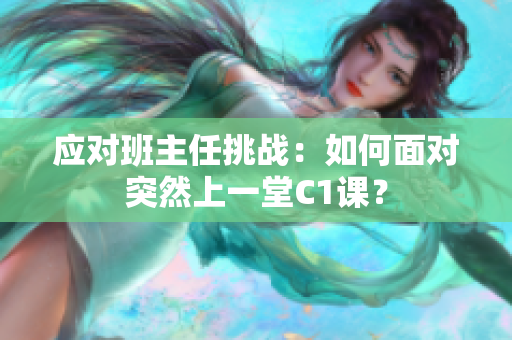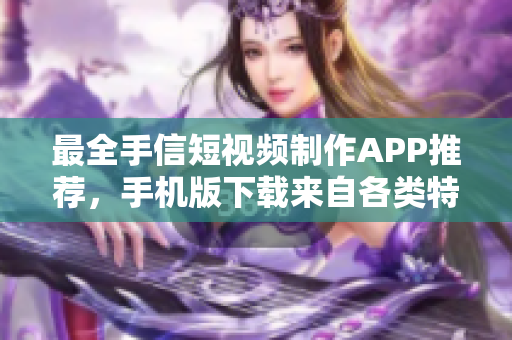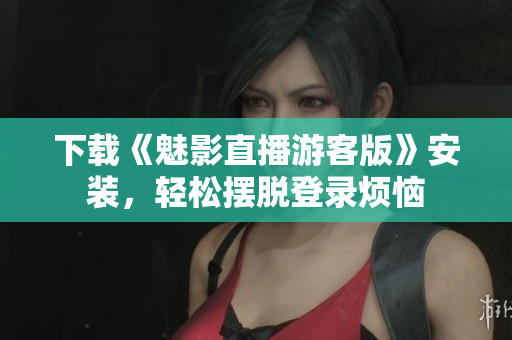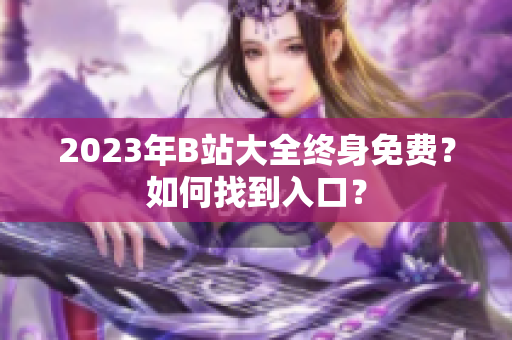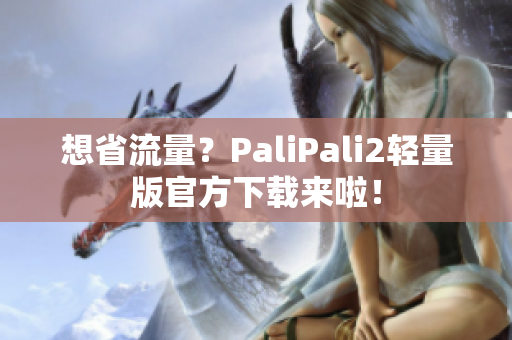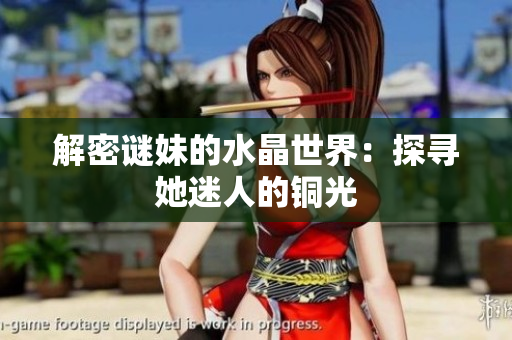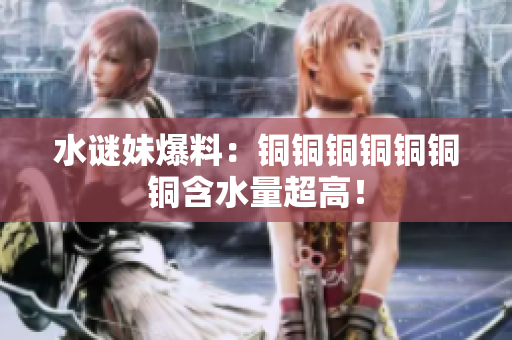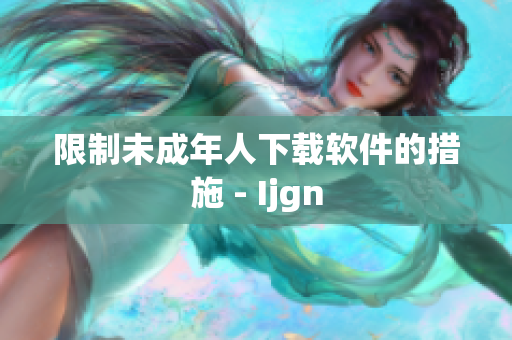Introduction
When we think of the greatest works of Western humanistic art, we often think of the likes of Michelangelo, da Vinci, Shakespeare and Beethoven. These masterpieces have stood the test of time and continue to inspire and move people to this day.
However, as we move into the 21st century, we are seeing a shift towards a new kind of artistic expression - one that is technologically driven and futuristic in nature. And at the forefront of this shift is the advent of 5G technology.
At the same time, students are facing challenges in the classroom, with the pressure to meet academic standards and the temptation to take shortcuts in order to succeed. These challenges are compounded by the limited resources available in certain regions, such as Southeast Asia.
In this article, we will explore how the development of 5G technology is influencing the realm of humanistic art, while also addressing the challenges that students face in the classroom and the impact of limited resources on education in Southeast Asia.
5G and Humanistic Art
As 5G technology continues to roll out across the globe, we are seeing a new era of humanistic art emerge that blurs the lines between traditional forms of expression and cutting-edge technology. From virtual reality exhibits to AI-generated music, 5G is enabling artists to push the boundaries of what is possible and create works that engage with audiences in innovative and exciting ways.
For example, in the world of dance, choreographers are using 5G-powered motion capture technology to create digital avatars that can perform complex routines in real-time. This allows dancers to experiment with new movements and collaborate with other artists across the globe without being limited by physical distance.
Similarly, musicians are using AI algorithms to generate new compositions in a fraction of the time it would take a human composer. The resulting music is often unlike anything we've heard before and challenges our expectations of what music should sound like.
Academic Pressure and Shortcuts
While these new developments in art are exciting, they also reflect a broader trend towards using technology to streamline and optimize creative processes. And while efficiency can be a valuable trait, the pressure to succeed can sometimes lead students to take shortcuts that ultimately undermine their academic progress.
For example, a student who is struggling with a difficult assignment may be tempted to copy and paste answers from the internet rather than doing the work themselves. While this may lead to short-term success, it ultimately undermines the student's ability to learn and perform in the long run.
The Impact of Limited Resources
In some regions of the world, such as Southeast Asia, limited resources can pose significant challenges to students who are trying to succeed in the classroom. This can range from outdated textbooks to a lack of qualified teachers or adequate facilities.
For example, in many schools in Southeast Asia, overcrowded classrooms are the norm, making it difficult for teachers to give individual attention to students who may be struggling with a particular subject. Additionally, limited funding may mean that schools are unable to provide students with the materials they need to succeed, such as computer labs or science equipment.
Conclusion
In conclusion, while 5G technology is enabling exciting developments in the world of humanistic art, it is important to remember that academic success cannot be achieved through shortcuts or technology alone. Students must be willing to put in the time and effort necessary to learn and grow, even in the face of limited resources or academic pressure.
Similarly, it is important that we continue to prioritize the development of educational resources and infrastructure in regions where students may be at a disadvantage. By providing students with the tools and resources they need to succeed, we can ensure that the next generation of artists, scientists and leaders are equipped to tackle the challenges of the future.

